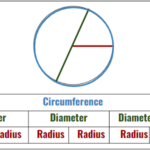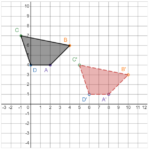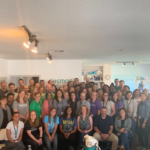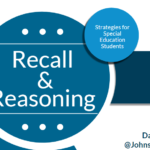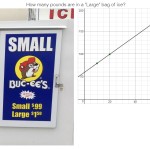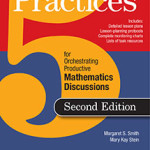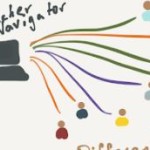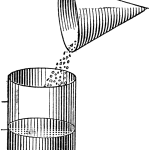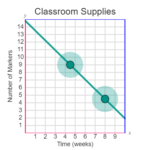
CAMT 2022 – Desmos & New STAAR Item Types
Desmos + New STAAR Item Types = Deeper Discourse STAAR has introduced new item types that go beyond multiple choice and griddable items. This session explored how to use Desmos to model these new items types, capture student thinking, and elicit more student discourse The goal of this session was to model new item types in Desmos, then show how… Read more →

